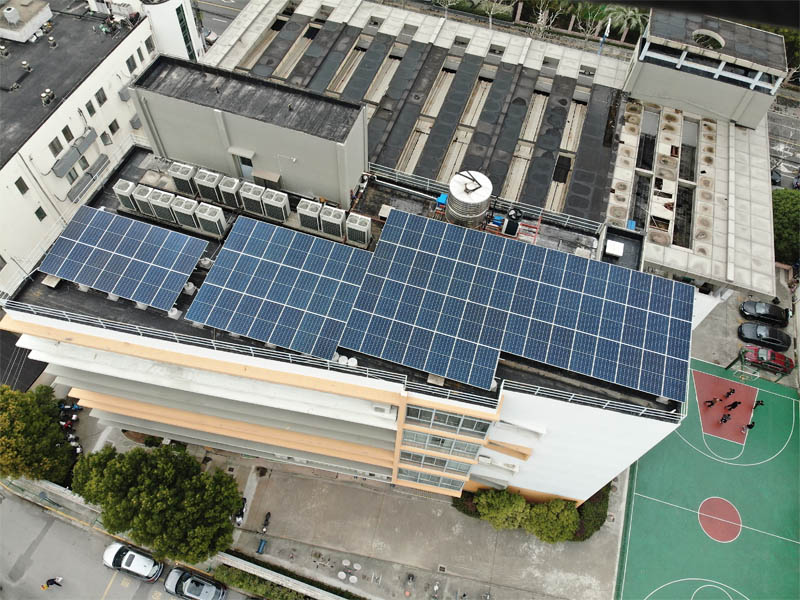When it comes to solar panels, choosing the right structure is crucial for maximizing energy production and ensuring long-term durability. There are several different types of structures available. Each of them is an ideal solution for the integration of solar energy into existing buildings.
Fixed Tilt Structures
Fixed tilt structures are the simplest and most common type of PV module mounting system. They consist of a fixed angle that is set during installation and cannot be adjusted. This type of structure is ideal for locations with a consistent climate and minimal shading. However, fixed tilt structures may not be the best option for areas with changing weather patterns or shading from nearby buildings or trees.
Seasonal Tilt Structures
Seasonal tilt structures are designed to adjust the angle of the solar panels throughout the year to maximize energy production. This type of structure is ideal for locations with significant seasonal changes in weather and sunlight. However, seasonal tilt structures can be more expensive and require more maintenance than fixed tilt structures.
Tracking Structures
Tracking structures are the most advanced type of solar roof rack. They use sensors to track the movement of the sun and adjust the angle of the solar panels accordingly. This solar panel roof support systems can significantly increase energy production, especially in areas with high levels of sunlight. However, tracking structures are the most expensive and require the most maintenance of all the structures.
So, which structure is best for solar panels? The answer depends on your specific needs and location. If you live in an area with consistent weather and minimal shading, a fixed tilt structure may be the best option. If you live in an area with significant seasonal changes in weather and sunlight, a seasonal tilt structure may be more appropriate. Cowell has experience structural designer to help for the commercial roof-top solar power plants and solar mounting structure solutions. Contact us if you need any help.


 M-F 9AM to 6PM
M-F 9AM to 6PM  info@cowellxm.com
info@cowellxm.com
 326, No.580 Jiahe Road, Huli District, Xiamen City,Fujian Province, China.
326, No.580 Jiahe Road, Huli District, Xiamen City,Fujian Province, China.




